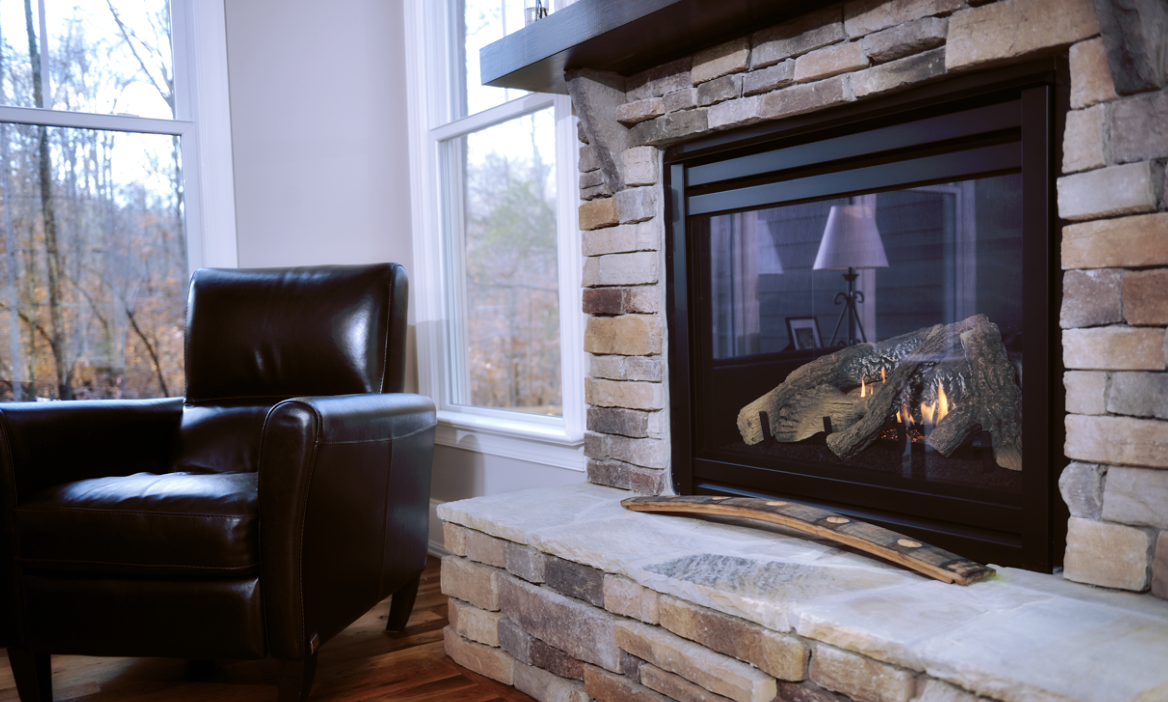 A fireplace is one of those things that’s “just there” in a home, and things that are just there sometimes get overlooked. At this time of year, it’s important to pay attention to your fireplace.
A fireplace is one of those things that’s “just there” in a home, and things that are just there sometimes get overlooked. At this time of year, it’s important to pay attention to your fireplace.Heading into the winter months when your fireplace is going to be busiest, and sometimes a necessary heat source, make sure that it is functioning efficiently and safely. It starts with making sure the old fireplace isn’t overlooked…especially if it’s old.
Winterizing your fireplace includes:
• Making sure that the damper is opening and closing properly, and that the chimney cap, which should include screening to prevent creatures from visiting, is in good condition
• Checking to see if any trees have grown enough in the summer to be a fire hazard or to restrict the proper draft from the chimney
• Inspecting any bricks inside your home or outside for damage and, if you find any, getting it repaired before using the fireplace
• Having a schedule for cleaning the chimney — once every 80 fires is a good rule of thumb.
There are also some optional things to do. Like:
• Consider installing heat-proof doors, for energy efficiency
• If you burn wood, store most of it outdoors to keep pests out of the house, and favour hard woods like oak, maple and birch because they burn longer
• If you have a gas fireplace, check all the components for wear and tear or broken parts
Whatever you do, don’t treat your fireplace like something that’s “just there."